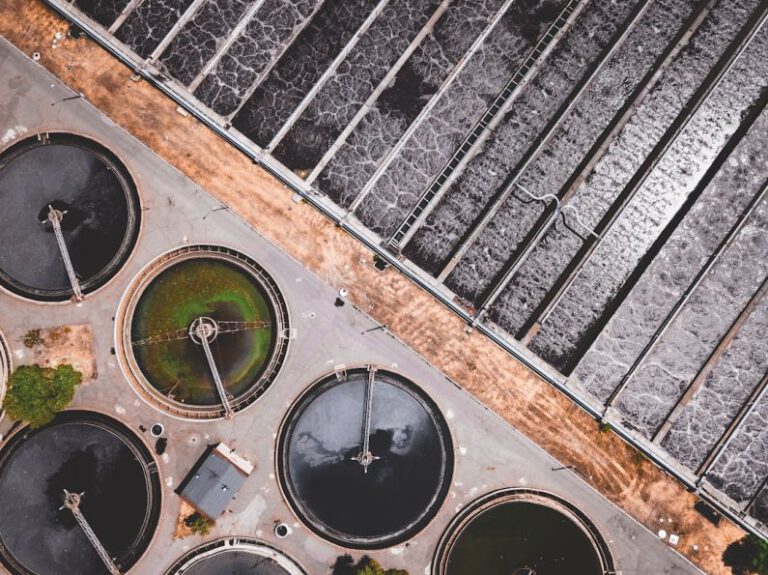What Are the Latest Trends in Eco-friendly Construction?
In the realm of construction, sustainability and environmental consciousness have become increasingly prevalent considerations. As the world grapples with the challenges of climate change and limited natural resources, the construction industry is shifting towards more eco-friendly practices. In recent years, several trends have emerged in eco-friendly construction that not only reduce environmental impact but also promote healthier and more efficient buildings. From innovative materials to cutting-edge technologies, these trends are reshaping the way we think about building for the future.
### Green Roofs and Living Walls
One of the most visually striking trends in eco-friendly construction is the integration of green roofs and living walls. Green roofs are roofs that are partially or completely covered with vegetation, providing numerous environmental benefits. They help to reduce energy costs by insulating buildings, mitigate the urban heat island effect, improve air quality, and manage stormwater runoff. Living walls, on the other hand, are vertical gardens that not only add a touch of greenery to urban landscapes but also provide insulation and improve air quality. Both green roofs and living walls are effective ways to incorporate nature into the built environment and promote biodiversity in urban areas.
### Passive House Design
Passive house design is another trend gaining traction in the world of eco-friendly construction. Originating in Germany, passive house design focuses on creating buildings that are highly energy-efficient, comfortable, and affordable. By utilizing super-insulation, airtight construction, high-performance windows, and heat recovery ventilation systems, passive houses can significantly reduce energy consumption for heating and cooling. These buildings are designed to maintain a comfortable indoor temperature year-round without the need for traditional heating or cooling systems, making them not only eco-friendly but also cost-effective in the long run.
### Net Zero Energy Buildings
Net zero energy buildings are another cutting-edge trend in eco-friendly construction that aims to produce as much energy as they consume over the course of a year. By incorporating renewable energy sources such as solar panels, wind turbines, and geothermal systems, these buildings are able to offset their energy usage and minimize their carbon footprint. Net zero energy buildings are becoming increasingly popular as advancements in renewable energy technology make it more feasible to achieve energy independence in buildings of all types and sizes. These buildings not only reduce greenhouse gas emissions but also help to create a more resilient and sustainable built environment.
### Recycled and Sustainable Materials
The use of recycled and sustainable materials is a key trend in eco-friendly construction that is helping to reduce the industry’s reliance on virgin resources. Builders are increasingly turning to materials such as reclaimed wood, recycled glass, bamboo, and recycled steel to reduce waste and minimize environmental impact. In addition to recycled materials, sustainable materials such as low-VOC paints, natural insulation, and permeable paving are being used to create healthier and more environmentally friendly buildings. By choosing materials that are durable, energy-efficient, and non-toxic, builders can create structures that are not only eco-friendly but also better for the health and well-being of their occupants.
### Smart Building Technologies
Smart building technologies are revolutionizing the way buildings are designed, constructed, and operated, leading to more sustainable and energy-efficient structures. From advanced building automation systems to sensor-based lighting and HVAC controls, these technologies are enabling buildings to adapt to changing environmental conditions in real-time and optimize energy use. By integrating smart building technologies into the design and construction process, builders can create buildings that are more responsive, efficient, and environmentally friendly. These technologies are not only reducing energy consumption and operating costs but also improving the overall performance and functionality of buildings.
### In Conclusion
As the push for sustainability and environmental stewardship continues to grow, eco-friendly construction trends are evolving to meet the demands of a changing world. From green roofs and passive house design to net zero energy buildings and smart building technologies, these trends are reshaping the way we build and inhabit our built environment. By embracing these trends and incorporating them into construction practices, builders can create structures that are not only environmentally friendly but also healthier, more efficient, and better equipped to withstand the challenges of the future. The future of construction is green, and the latest trends in eco-friendly construction are paving the way towards a more sustainable and resilient built environment.






